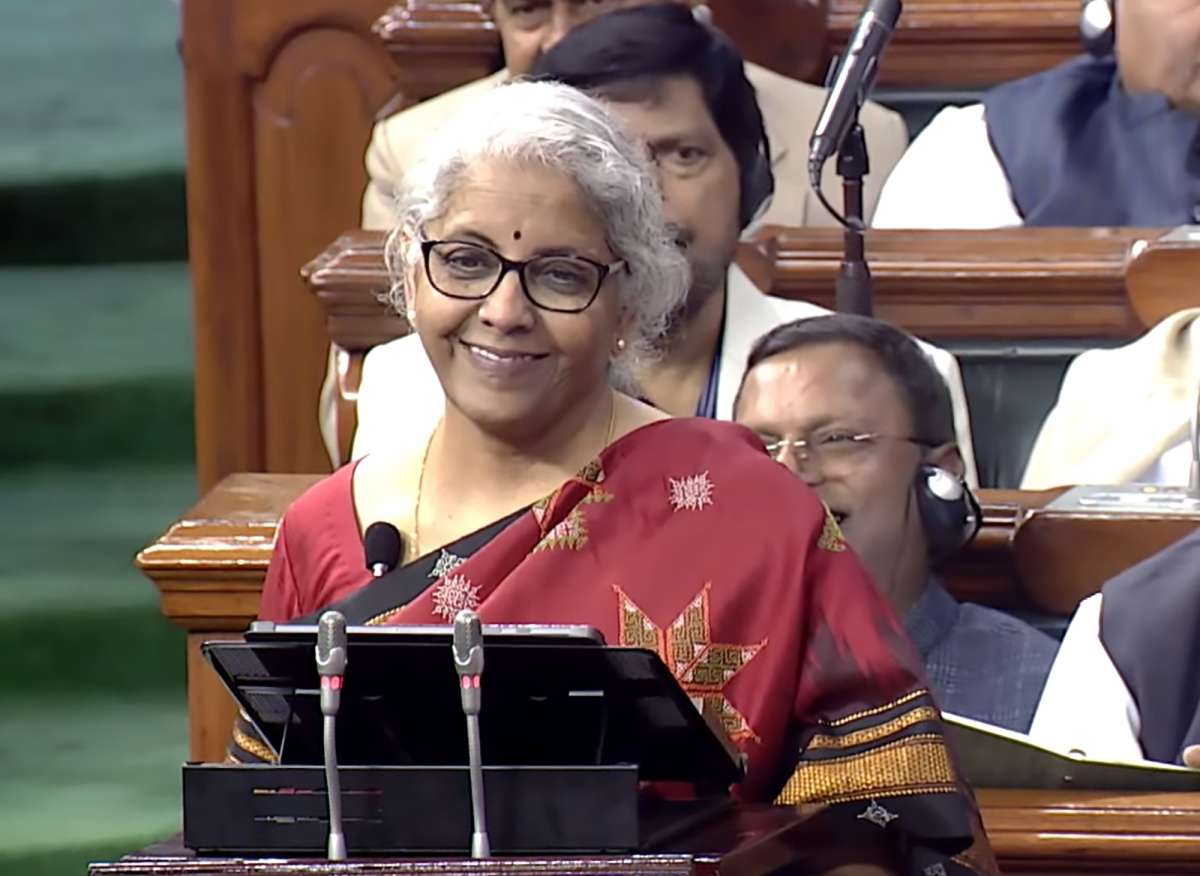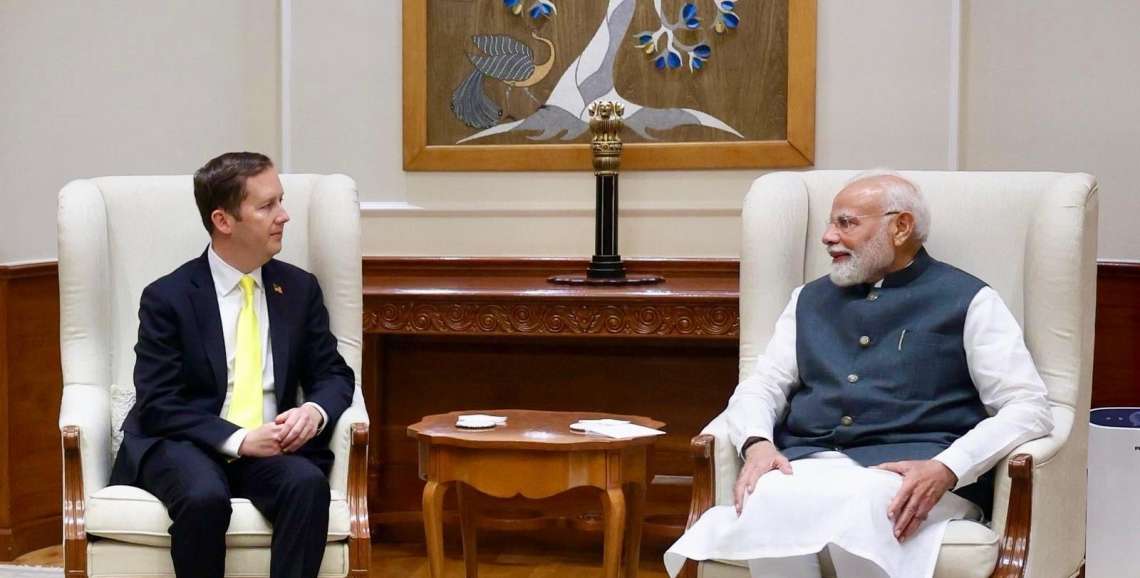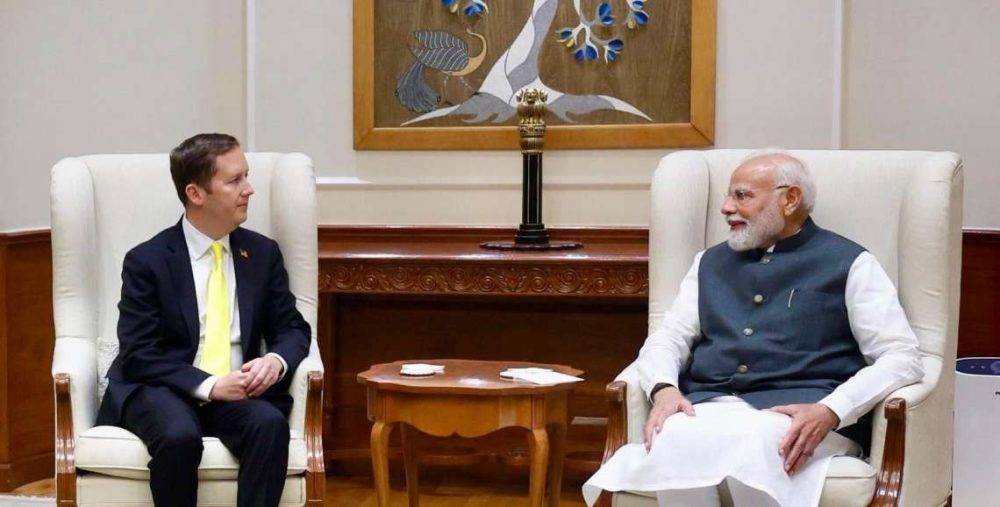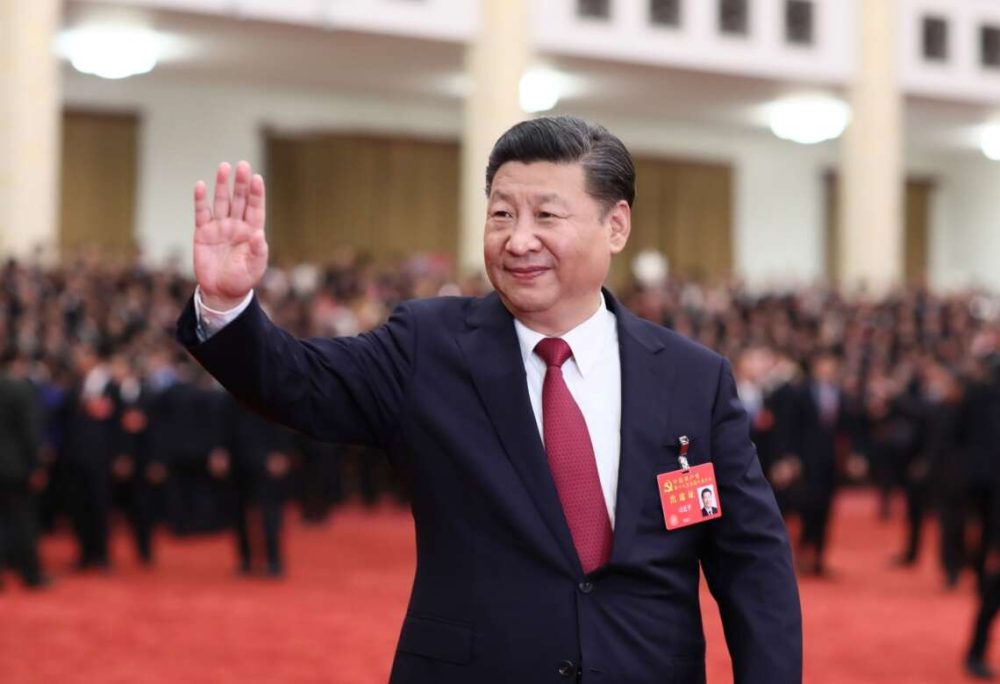The 2023 Budget can be considered a prominent push for investors, heralding success for Taiwanese industries…reports Asian Lite News
The 2023 Indian Budget was announced on February 1. According to Commonwealth Magazine, the Budget will open a new window for bilateral cooperation between India and Taiwan, ranging from semiconductors, battery manufacturing, and electric vehicles to 5G technology.
When India’s Budget proposals were announced, not only the citizens of India but also the world was looking with great enthusiasm, according to Commonwealth Magazine. Since Taiwan is currently looking for a manufacturing partner for offshoring China-based Taiwan businesses, the 2023 Budget can be an indication of how more India-Taiwan business collaboration can be streamlined, Commonwealth Magazine said.
The 2023 Budget, according to Commonwealth Magazine, entails several adjustments to budget allocation, allowing the electric vehicle (EV) battery industry where Taiwan and India are highly interdependent, to enjoy 13 per cent (down from the original 21 per cent) custom duty exemption for lithium battery cells. This will not only encourage India to transition to electric vehicles but also pave the way for more collaboration and cultivate confidence between India and Taiwan.
Since the relaxing of Covid protocols, we have witnessed several high-level business delegations from both countries visiting one another with the aim to understand the opportunities. Last November, Taiwan Electrical and Electronic Manufacturers’ Association (TEEMA) chairman Richard Lee, and Taiwan’s de-facto Ambassador to India, Baushuan Ger, visited important Indian cities to enhance the India-Taiwan bilateral investment framework, especially for EV and relevant technology areas, according to Commonwealth Magazine. Now, this budget brings more opportunities for Taiwan EV battery sectors.
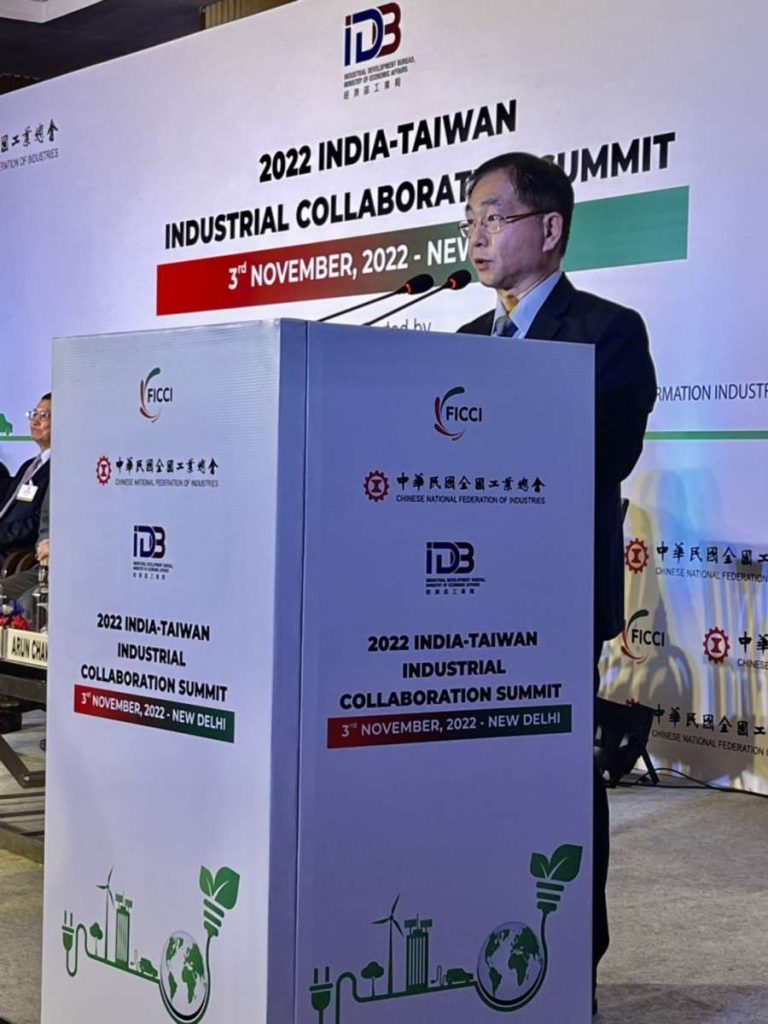
The semiconductor industry, which has the highest potential for collaboration, is allocated with a Budget totaling Rs 3,000 crore (USD 360 million). The Commonwealth Magazine said this would include silicon-based semiconductor fabs, other kinds of semiconductor fabs including chip packaging, and design-linked incentives (DLIs). This budget is particularly relevant with the Foxconn-Vedanta JV project, which is aimed at creating a semiconductor fab unit, a display fab unit, and a semiconductor assembling and testing unit. Besides that, as Foxconn is proactively expanding its production in India, the group’s supply chain could very well leverage this new budgetary scope and can plan to expand in or relocate to India.
In September 2019, the Indian government announced that any new domestic manufacturing company can enjoy a corporate income tax at 15 per cent, the lowest in the world. According to Commonwealth Magazine, the 2023 Budget has further extended such discount to any new manufacturing cooperative societies commencing production before March 31, 2024, in order to encourage more manufacturing in the cooperative sector. A great number of attendees at match-making events organized by industries, including the Automotive Component Manufacturers Association of India (ACMA), affirmed a positive outlook from both countries.
The Budget also has a focus on developing talents familiar with manufacturing facilities utilizing future technologies, specifically, machine learning, artificial intelligence and robotics, according to Commonwealth Magazine. Furthermore, the Budget also prioritises commercial, residential, and retail development.
Another point of note is the government’s infrastructure investment, specifically in railways, road transport, and highways. Commonwealth Magazine said a 33 per cent increase in capital expenditure on infrastructure investment could prominently improve connectivity and bring in prominent foreign direct investment in different real estate sectors. In fiscal year 2021, India received USD 81.72 billion FDI for infrastructure activities. Over the past decade, Commonwealth Magazine said Japan is proactively attuning Indian infrastructure projects and is involved in several major projects, including the Guwahati Water Supply Project, and the North-East Road Network Connectivity Improvement Project.
Recently, the Chief Representative of JICA India has announced possibilities to set up joint foreign infrastructure development projects with India and its neighbouring countries, according to Commonwealth Magazine. With this aim, Taiwan can also cultivate the possibilities to be involved in projects aligned with Indian budgetary allocation.
The Production-Linked Incentive (PLI) Scheme is one more point that manufacturing companies are paying attention to in the budget. The scheme became quite popular in Taiwan when Foxconn and Wistron, two major Taiwanese companies, were chosen for the PLI incentives in 2021, according to Commonwealth Magazine.
With the introduction of the PLI scheme in 2018, Indian manufacturing facilities see their budgetary allocation grow almost every year. However, the 2023 Budget remained silent about the PLI. And we might need to wait till the next year to see new budgets allocated to a few closely-watched sectors, like toy manufacturing, leather and renewable energy, according to Commonwealth Magazine.
The current Indian budgetary reforms are believed to boost foreign direct investment and create a manufacturing hub. It is expected that India can see a GDP growth of around 7 per cent in 2023, providing robust growth compared to those of other major economies.
India and Taiwan have been accelerating their engagement. Bilateral trade has grown nearly six-fold from USD 1.19 billion in 2001 to almost USD 7.7 billion in 2021, according to Commonwealth Magazine. With an increase in India-Taiwan collaboration, the long-requested FTA between the two countries now stands a better chance of becoming reality.
The 2023 Budget can be considered a prominent push for investors, heralding success for Taiwanese industries.
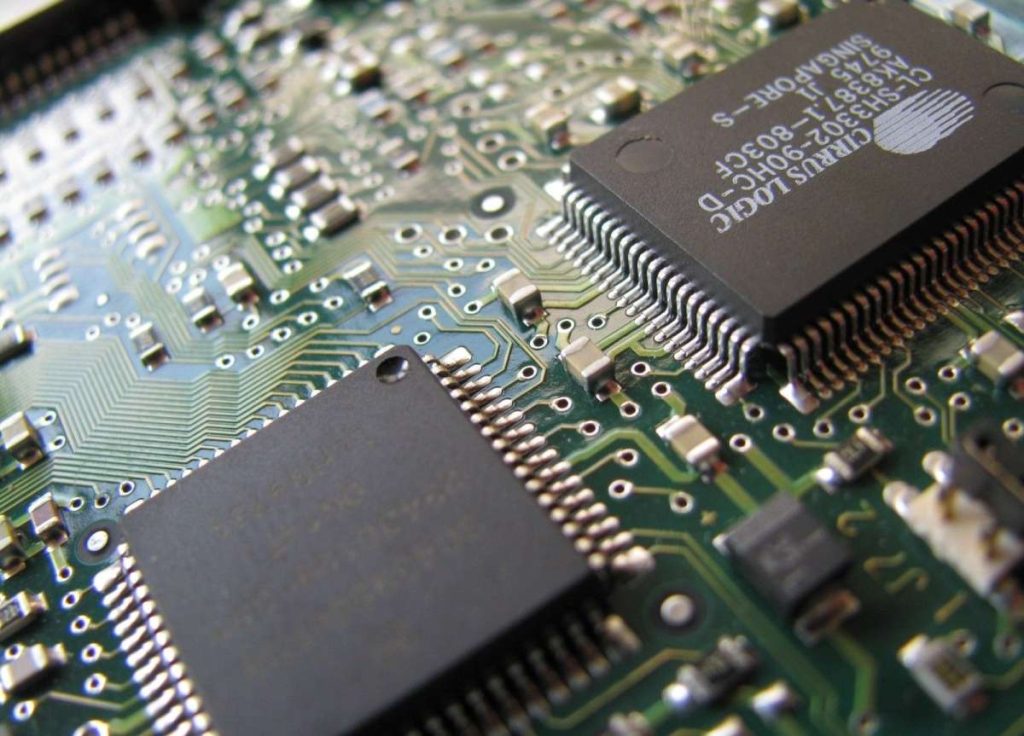
New Southbound Policy
Though New Delhi and Taipei have no diplomatic ties at present, India is one the 18 countries under its New Southbound Policy” that Taiwan is looking to expand its ties with.
“The investment would be considered a win for Indian Prime Minister Narendra Modi’s government, which aims to create an ecosystem for semiconductor manufacturing in India,” Taipei Times said in a report.
Last year, the Centre gave its nod for a Rs 76,000 crore PLI scheme aimed at developing the semiconductor and display manufacturing ecosystem.
India has been solely relying on imports of this critical component that forms a key raw material for almost all electronic items.
Senior government officials of both countries pointed out the need to expand bilateral relations “based on mutual interests.”
“Taiwan is a developed economy and a powerhouse of technology and we must establish good relations with the country,” the late Shakti Sinha, a former bureaucrat and director at Atal Bihari Vajpayee Institute of Policy Research and International had told India Narrative in an interview.
Invest India, meanwhile, in its assessment said that India’s semiconductor demand at present, is valued around $ 24 billion but by 2025, the market is expected to touch $ 100 billion.
Demand for semi-conductor has increased significantly with the rise in usage of mobile phones and computers. The advent of 5G technology will push demand further.
Invest India, the nodal body facilitating investments in the country, noted that the shortage of semi conductor amid the Covid 19 pandemic and the new geopolitical realities further exacerbate the need to develop trusted and reliable sources for chip manufacturing.
It has also set up a new mechanism under the umbrella ‘Taiwan Plus’ to help and handhold Taiwanese companies set up shop here.
Besides Foxconn, several other Taiwanese contract manufacturers including Wistron Corp and Pegatron Corp have also set up their manufacturing facilities in India. According to a Reuters report, these companies have drawn up plans to plough in $900 million in India over the next five years to tap into the government’s production-linked incentive plan. (ANI/IANS)


